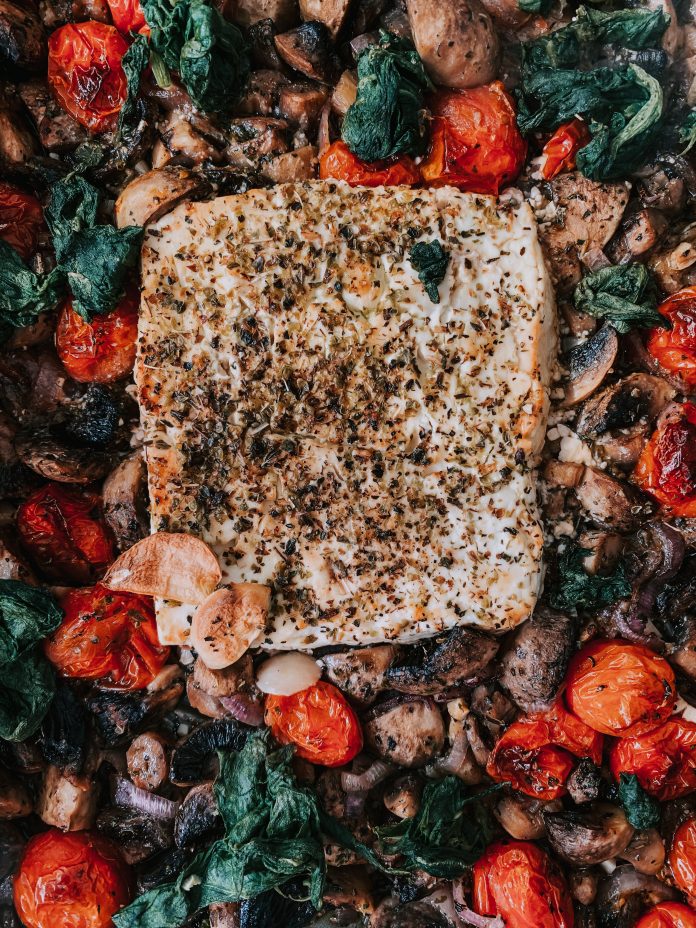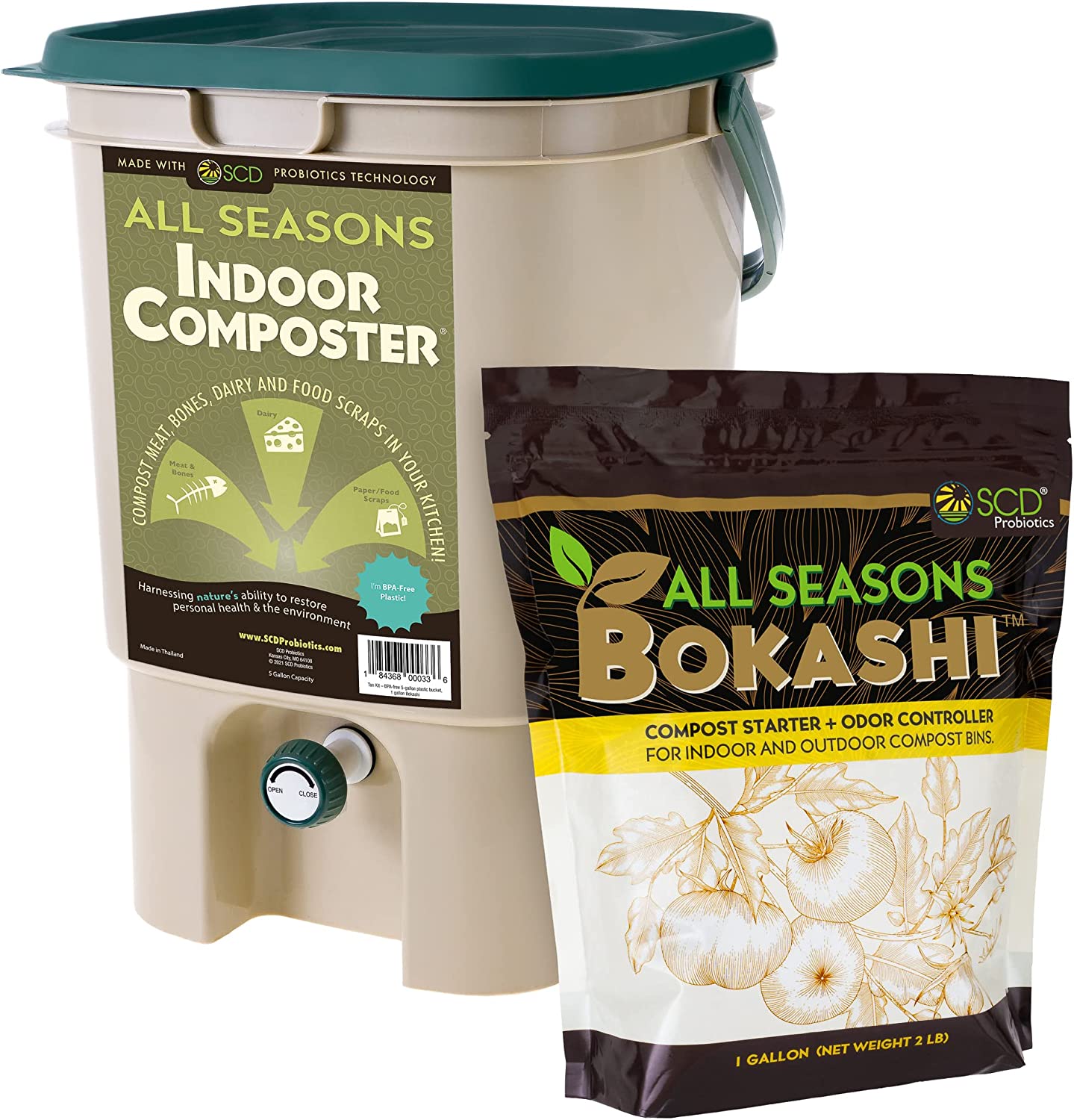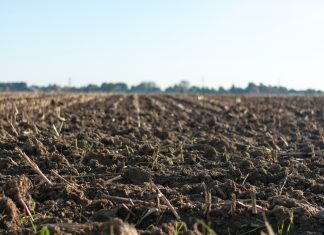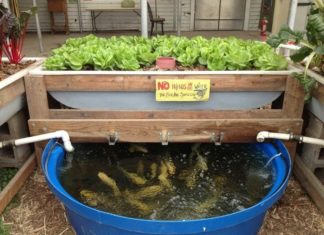If you’re interested in living a more sustainable lifestyle, composting is a great way to start. But what is composting, and how does it work? In this blog post, we’ll explore the different types of composting and how to get started. Keep reading to learn more!
What Is Composting And What Are Its Benefits
Composting is a great way to reduce household waste while helping the environment. Composting involves recycling natural food scraps, like fruits and vegetables, into nutrient-rich soil that can be used in gardening. However, for non-organic and non-recyclable waste, you may need to work with a waste management services company to have them collected.
The decomposing food is combined with other materials like straw, leaves, air, and water in an Earth-friendly environment. This process reduces methane emissions from landfills and creates free fertilizer for gardens, which can save time and money.
Composting is not only a sustainable practice but also has numerous environmental benefits — from restoring soil health to reducing our carbon footprint!
Different Types Of Composting – Hot, Cold, Vermicomposting, Bokashi
Composting helps divert waste from landfills, can improve soil fertility and boost plant growth, and has become increasingly popular in recent years. There are a variety of composting methods to choose from, each with its unique benefits.
Hot composting breaks down organic matter quickly; cold composting is more low maintenance; vermicomposting uses worms as the biodegrading agents; and bokashi utilizes microorganisms that are effective at decomposing food scraps, including those that would not break down through traditional composting practices.
With the right technique and ingredients, any of these composting styles can result in a nutrient-rich fertilizer for your garden.
The Process Of Composting – What Happens To The Organic Matter When It Breaks Down
Composting is an incredibly natural process that breaks down organic materials, such as leaves and food scraps, into a nutrient-rich soil amendment. As the decomposing material breaks down, microbes and other organisms feed on the organic elements and quickly break them down further.
In some cases, these organisms can make up more than 50% of the compost’s total volume! This process becomes even more efficient when air is added to the mix, resulting in quicker breakdown times and less actively decomposing material.
Additionally, this breakdown of organic matter helps to increase surface area for better air exchange. Ultimately, composting makes use of Nature’s own sustainable way of turning organic materials into an incredibly beneficial soil amendment that helps to support plant growth and healthy ecosystems.
Hot Composting:
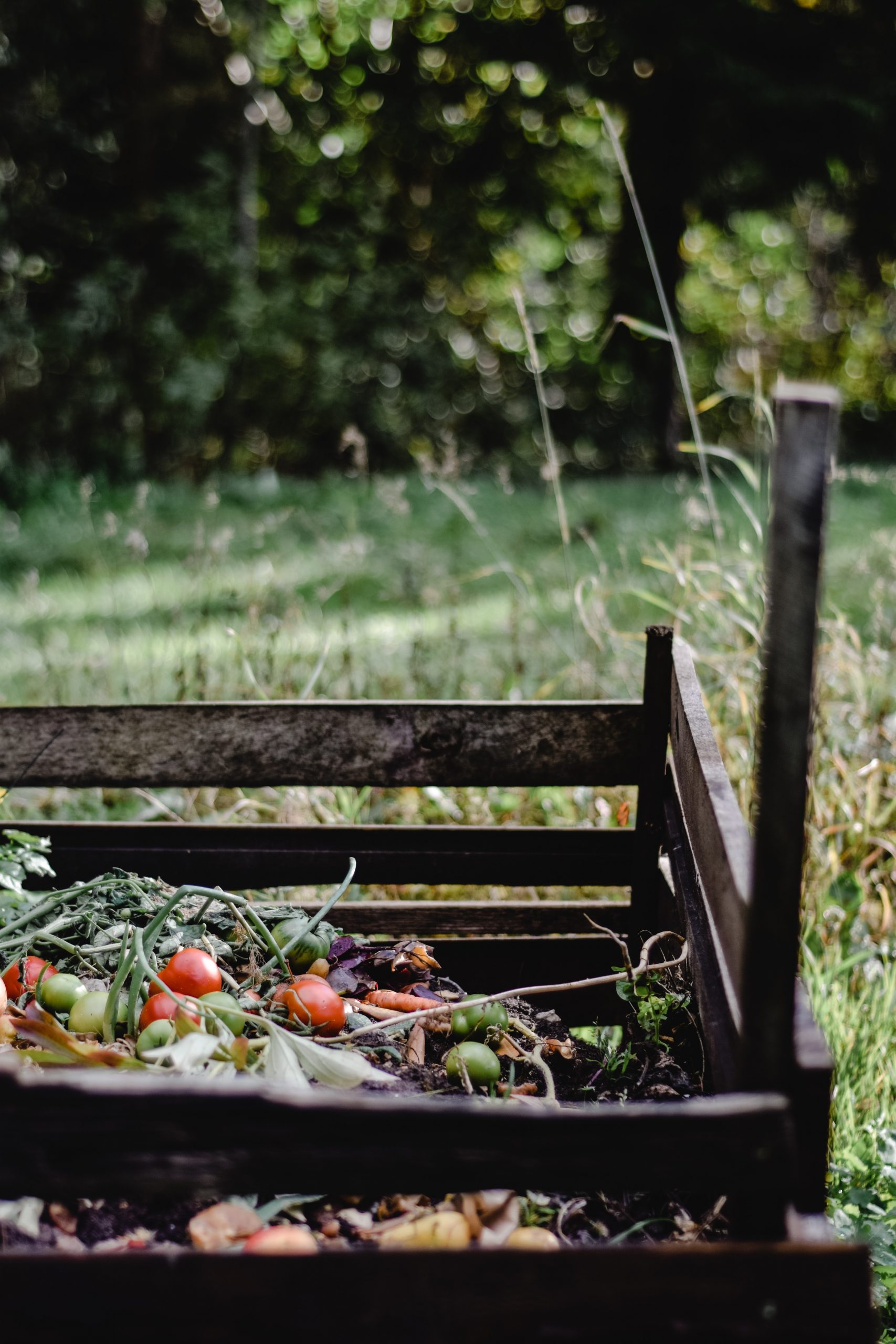
Hot composting is a method of composting that involves creating an optimal environment for microorganisms to break down organic material quickly and efficiently. This process is known as thermophilic composting, which means “heat-loving” composting.
In hot composting, a mixture of organic waste materials, such as leaves, grass clippings, vegetable and fruit scraps, and shredded paper, are piled together in a container or compost bin. The materials are then watered to ensure proper moisture levels and mixed together to create a uniform composition.
Once the pile is established, microorganisms in the compost begin to consume the organic matter and generate heat. The heat generated during the composting process is a byproduct of the microbial activity, which can raise the internal temperature of the compost pile to between 130°F and 160°F (54°C and 71°C). This high temperature helps to break down the organic material quickly, and it also kills off any potential pathogens or weed seeds that may be present in the compost pile.
To maintain the high temperature and promote even decomposition, the compost pile needs to be turned or mixed regularly to ensure proper aeration and moisture levels. This allows fresh air and water to penetrate the pile, which helps to maintain the temperature and prevent odors from forming.
Hot composting typically takes between three to six months to produce a finished compost, depending on the materials used, the size of the compost pile, and the level of maintenance. The end result is a nutrient-rich, dark brown compost that can be used to improve soil quality in gardens and landscapes.
Overall, hot composting is an efficient and effective way to turn organic waste into a valuable resource. It requires some effort and attention, but the rewards of creating a rich compost that can benefit the environment and support healthy plant growth are well worth it.
Cold Composting:
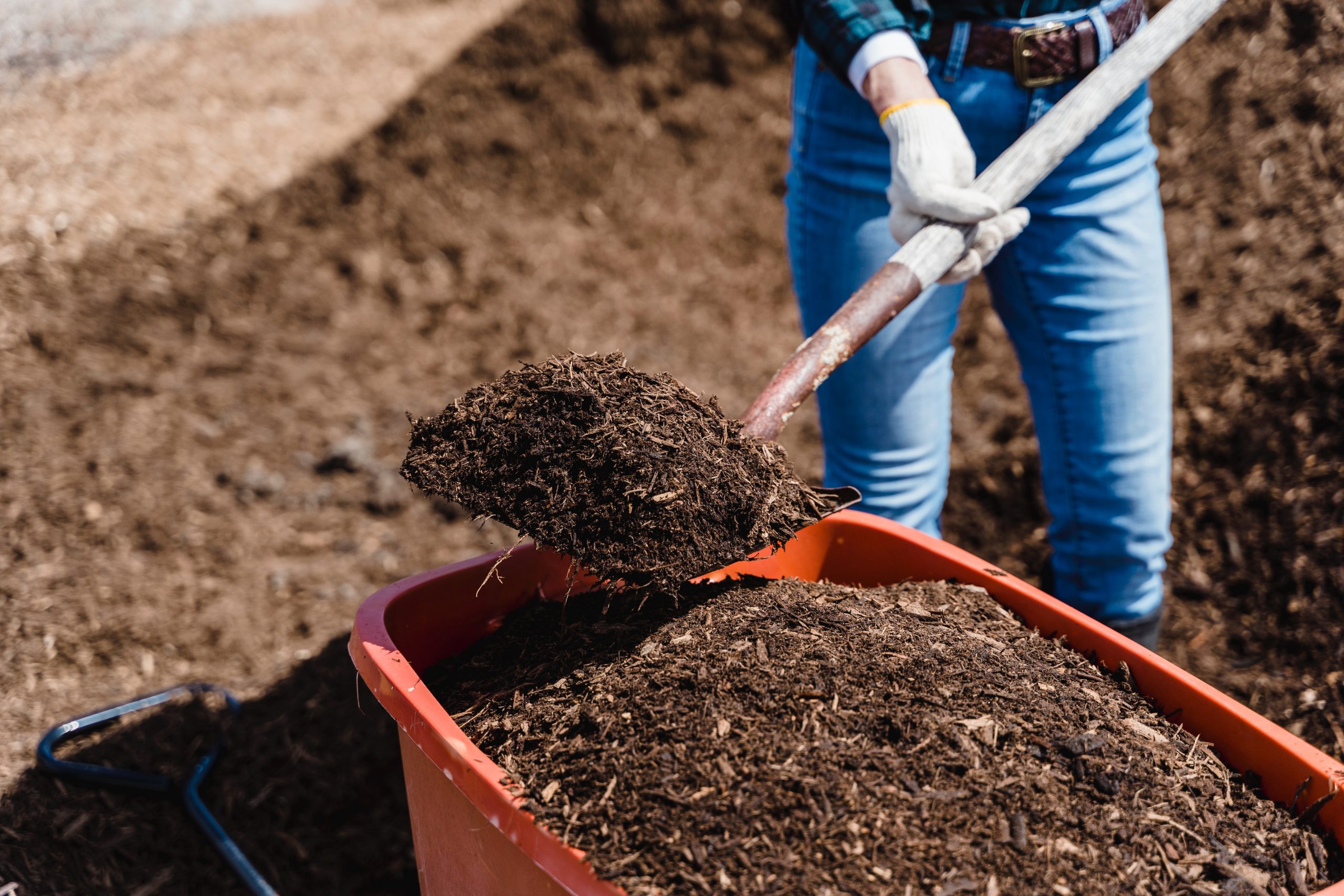
Cold composting is a method of composting in which organic materials are allowed to decompose at a slower rate without requiring a lot of upkeep or high temperatures. Passive composting is another name for this operation.
Organic materials like leaves, grass clippings, scraps from vegetables and fruits, and shredded paper are piled together in a compost bin or directly on the ground during cold composting. The pile is then left to decompose on its own, which can take anywhere from a few months to a year, depending on its size and the environment. Contact Artificial Grass Pros if you’re thinking of switching to an artificial turf.
Cold composting, in contrast to hot composting, does not require the compost pile to be rotated or mixed on a regular basis. This is because the microorganisms that break things down are less active at lower temperatures, making the process take longer and use less energy.
Cold composting has a number of advantages, despite the slower decomposition process. It is a low-maintenance method for recycling organic materials that also has a lower risk of odors and pests being attracted to it. Additionally, the compost pile may be a better option for those who are composting in urban areas where compost pile size restrictions apply because it does not produce high temperatures.
Cold composting produces a dark brown, nutrient-rich compost that can be used to improve the quality of the soil in gardens and landscapes. However, it may contain larger organic matter fragments that have not yet fully decomposed. Before adding the compost to your garden or landscape, it is recommended to let it sit for a few weeks to ensure that it is fully mature and ready for use.
In general, cold composting is a straightforward method for recycling organic materials and producing a useful resource for your garden or landscape. If you have a little patience and want to make use of your organic waste, this method is low-maintenance and effective, even though it may take longer to produce compost than hot composting.
Vermicomposting:
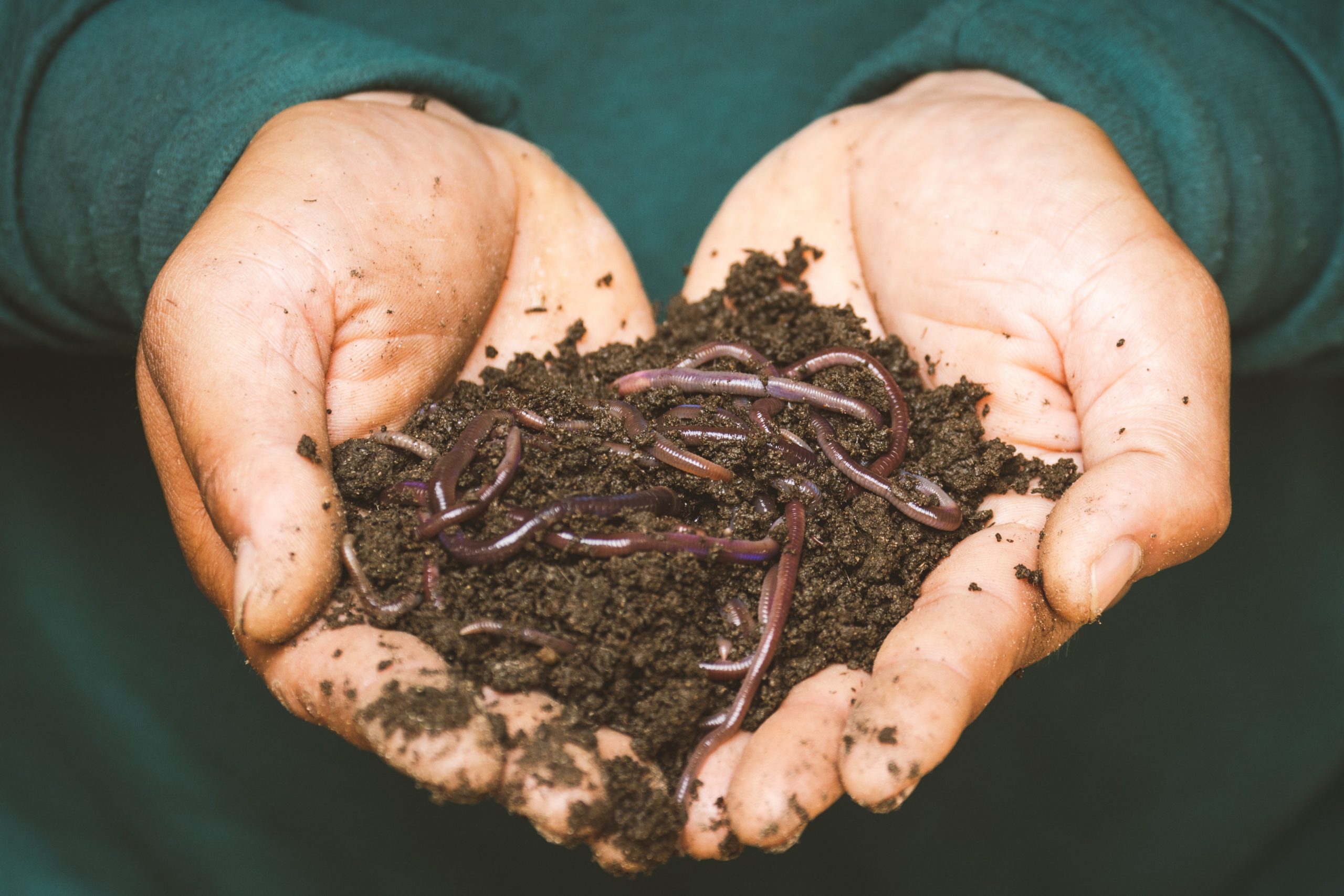
Vermicomposting is a type of composting that uses worms to break down organic waste materials into nutrient-rich compost. Also known as worm composting, this process involves using different species of worms to consume and digest organic waste, turning it into a rich and valuable soil amendment.
In vermicomposting, a bin or container is filled with bedding material such as shredded newspaper, cardboard, or coconut coir, which serves as a habitat for the worms. Red wigglers are the most commonly used worm species for vermicomposting as they are well-suited to the environment created in a worm bin and can efficiently process organic waste.
Organic waste, such as vegetable and fruit scraps, coffee grounds, and eggshells, are then added to the bin on top of the bedding material. The worms consume the organic material and break it down, producing a nutrient-rich substance called castings, which is essentially worm excrement.
The castings are a high-quality soil amendment that is rich in nitrogen, phosphorus, and other nutrients essential for plant growth. They can be used as a natural fertilizer for plants, lawns, and gardens.
Vermicomposting has several advantages over traditional composting methods. It can be done indoors or outdoors, making it an ideal option for those who live in apartments or have limited outdoor space. It also produces minimal odor and requires less effort and maintenance than traditional composting methods.
To maintain a healthy vermicomposting system, it is important to keep the bedding moist and to regularly add fresh organic material to the bin. It is also important to avoid adding any meat, dairy, or oily food scraps to the bin, as these can attract unwanted pests and create unpleasant odors.
Overall, vermicomposting is an effective and sustainable way to reduce organic waste and create a valuable resource for gardening and landscaping. With a little effort and the help of some worms, you can turn your kitchen scraps into a rich, nutrient-dense fertilizer that will help your plants thrive.
Bokashi Composting:
Bokashi is a composting method that originated in Japan and has gained popularity around the world. It involves fermenting organic waste using a special mix of microorganisms that helps to break down the waste and create a nutrient-rich soil amendment.
The bokashi method involves collecting food scraps and other organic waste, such as paper and cardboard, in a specially designed airtight container. The waste is then mixed with a bran-based inoculant that contains a blend of beneficial microorganisms, including lactic acid bacteria, yeasts, and fungi. The inoculant accelerates the fermentation process and helps to break down the organic material more quickly.
The bokashi container is designed to be airtight, which helps to promote the anaerobic fermentation process. As the waste ferments, it produces a liquid called “bokashi juice” that can be drained off and used as a liquid fertilizer for plants. Once the fermentation process is complete, the bokashi material is ready to be added to a compost pile, buried in the soil, or used directly as a soil amendment.
One of the advantages of bokashi composting is that it can handle a wider variety of organic waste than traditional composting methods, including meat, dairy, and oily foods, which are typically discouraged in other composting methods due to the risk of attracting pests and producing odors. Bokashi composting also produces minimal odor and can be done indoors, making it a good option for those with limited outdoor space.
While the bokashi process requires the use of a specific inoculant, it is a relatively simple and low-maintenance method of composting. It also produces a highly concentrated and nutrient-dense soil amendment that can improve soil health and plant growth.
In conclusion, bokashi composting is a unique and effective method of composting that offers many benefits, including the ability to compost a wider variety of organic waste and the production of a high-quality soil amendment. With a little effort and the right tools, you can turn your kitchen waste into a valuable resource for your garden or landscaping.
How To Start Composting At Home – Setting Up Your Own Bin Or Tumbler
Starting composting at home is a great way to reduce your impact on the environment and create nutrient-rich soil for your garden or lawn.
Setting up a bin or tumbler is easy; all you need is a place to store it, a few easy-to-find materials, and food scraps or yard waste to get started.
Compost bins are typically enclosed containers you can get from your local hardware store, while tumblers are larger drums that rotate occasionally to mix and aerate the compost. Whichever type you choose, make sure you air it out regularly (at least once per week) for maximum efficiency.
Once everything is set up, simply add your scraps and let nature do the rest!
Tips For Successful Composting – What To Add And What Not To Add To Your Bin
Composting is one of the best ways to turn organic waste into a nutrient-rich soil amendment. To ensure that your compost is successful, it’s important to understand what materials you should and shouldn’t add to your bin.
Generally speaking, items such as banana peels, eggshells, coffee grounds, tea bags, vegetables, fruits, and leaves are excellent additions.
On the other hand, you should avoid adding meat or dairy products of any kind due to their high-fat content and slow decomposition process.
Additionally, anything that contains chemicals or pet waste should not be added to compost bins. By following these simple tips, you will soon have a flourishing pile of compost perfect for use in gardens and flower beds!
Using Your Finished Compost In The Garden Or Around The House
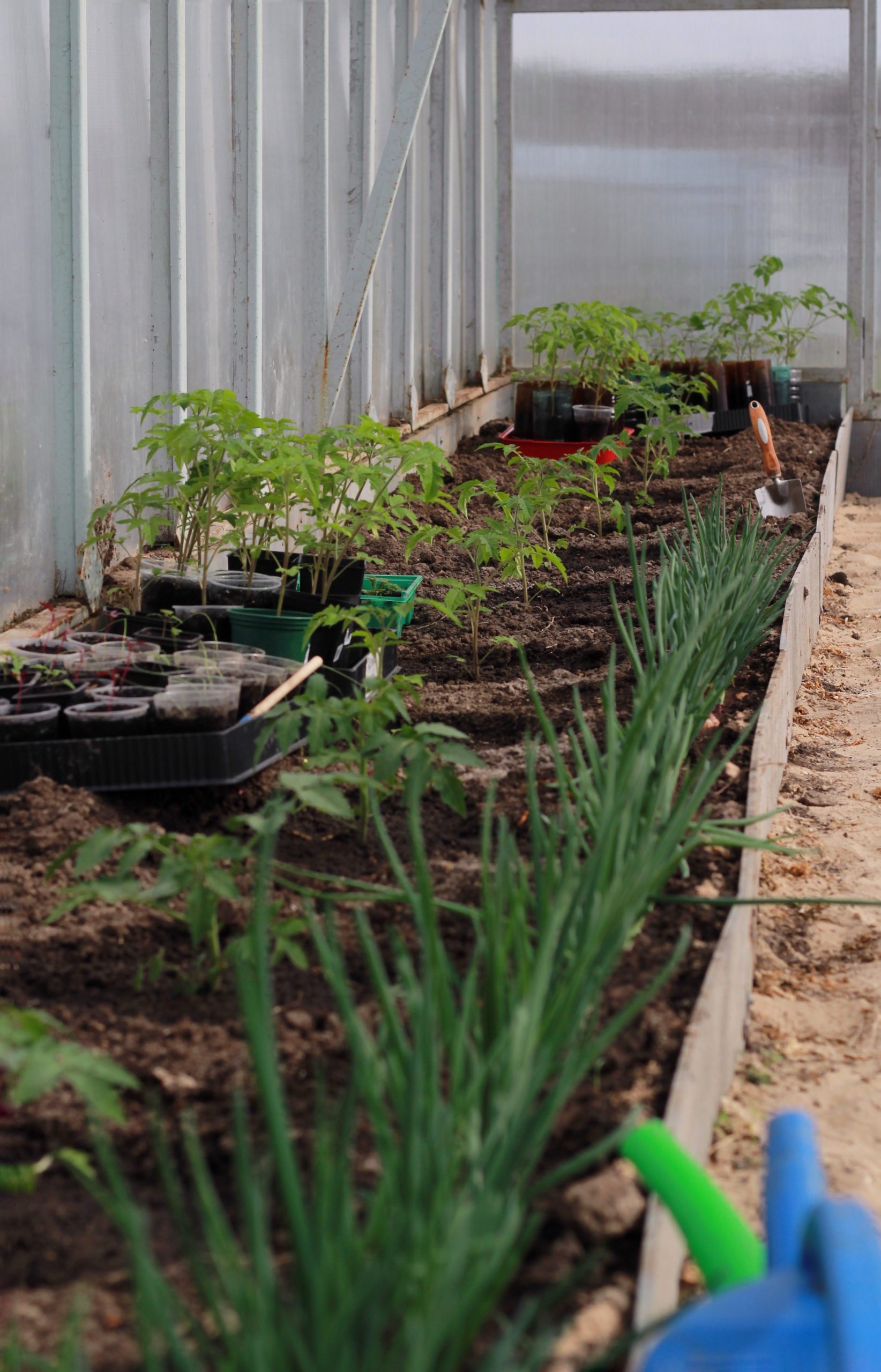
Composting is an incredibly beneficial activity that can help you create a healthier and more sustainable home. Using your finished compost in the garden or around the house is a great way to reduce waste, cut down on expenses, and promote plant growth.
While adding compost directly to your soil may seem intimidating at first, it’s actually easy to do: simply till it into the top several inches of soil; this will speed up decomposition, add nutrients to your soil, and improve water drainage for a lush garden.
For those who don’t have space for gardens, using compost as mulch or potting soil is a no-fuss way of reaping similar benefits without being bogged down by extra maintenance.
Whether you’re an experienced gardener or just getting started with composting, there’s something here for everyone: give it a try today!
Conclusion:
Composting is an easy and valuable way to reduce your carbon footprint while providing a set of helpful benefits.
Home composting uses organic material, like vegetable scraps and coffee grounds, that would otherwise end up in landfills and breaks it down into nutrient-rich soil that enriches gardens and potted plants.
With various types of composting systems – from hot to cold, vermicomposting to bokashi – there are plenty of options for both beginners and more experienced gardeners.
The process of composting itself is relatively straightforward, beginning with the gathering of materials and once finished can be used throughout the home or garden in different ways.
For those looking to try their hand at composting for the first time, setting up your own bin or tumbler is simple enough with some preparation beforehand.
Tips such as what to add to your bin (vegetable scraps, coffee grounds) as well as what not to include (meat/dairy products) are also necessary for successful composting projects.
Finally, after taking advantage of this useful ‘waste’ resource you will have a bountiful harvest full of healthy plants around your house!
By following all these instructions you should now feel empowered enough to apply these techniques for better composting results and having healthier plants. So get started today & start making your soil!


